Share
In 1995 Rabbi Sacks recorded a pre-Rosh Hashanah programme for the BBC during a visit to Auschwitz (Remember Us For Life).
This animated video brings new visual illustration to an excerpt from the programme, and asks the fundamental question of how humanity could allow the Holocaust to happen.
People sometimes ask me: where was God at Auschwitz? I don’t know, but Jewishly it’s the wrong question. The real question is: Where was humanity at Auschwitz?
God never said He’d stop us harming one another, but He did give us a moral code, commandments engraved in stone which taught us how to stop ourselves. Where was humanity when old men and women were being murdered, millions being gassed, children thrown on the flames, still alive?
The real question, so painful we can hardly ask it, is not where was God when we called to Him, but where were we when He called to us?
This is what the Bible warned against in its very first chapter when God said, “Let us make man in our own image, after our own likeness.” When human life is no longer sacred, Auschwitz becomes possible.
Shalom Katz was one of fifty prisoners ordered to dig their own grave and then stand in front of it to be shot. Before the guns were raised, he asked the guards’ permission to say Kel malei rachamim, the Jewish prayer for the dead.
It was granted. He sang it, and the guards were so moved by the beauty of his voice that they took him out of the line, and kept him alive to sing for them.
When Auschwitz was liberated, he sang the prayer a second time for all those who had died. “O God full of compassion, grant rest to those who have gone from this world and shelter their souls under the wings of Your Presence.”
We must never forget the Holocaust. Never again may we walk down the road that begins with hate and ends in attempted genocide.
Towards the end of his life, Moses summoned the Israelites and said, “I’ve set before you life and death, the blessing and the curse. Uvercharta bachaim. Therefore, choose life.”
Jews didn’t despair; the survivors built new lives, new communities grew up elsewhere, and in the State of Israel, we’ve come together as a people again, building one of the world’s oldest and newest countries, and singing, “Am Yisrael Chai, the Jewish people lives!”
For me, faith after Auschwitz is the courage to live and bring new life into the world, never forgetting those who died but never yielding to despair. It means fighting for a world in which we recognise that those who aren’t in our image are still in God’s image. It means remembering, for the sake of life and humanity and hope.
And on the faces of Jewish children, I see a People who walked through the valley of the shadow of death coming to life again, cherishing life, sanctifying it, and knowing that in it is the breath of God.
“Remember us for life, O King Who delights in life, and write us in the book of life for Your sake, for You are the God of life.”
This educational resource has been designed for students of middle and high school age, as a companion resource to the animated video, in exploration of the lessons we can learn from the Holocaust, and how we should live our lives as Jews in a post-Holocaust world.
This video has been generously sponsored by Dangoor Education
More Animations
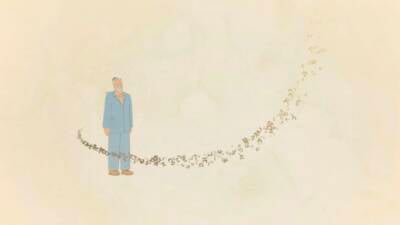
The Bridge Across Time (Animation)
Watch Rabbi Sacks’ message on Torah, and how it lives in every generation

The Everlasting Flame (Yom Ha'atzmaut animation)
Watch Rabbi Sacks’ message on the true courage of Israel
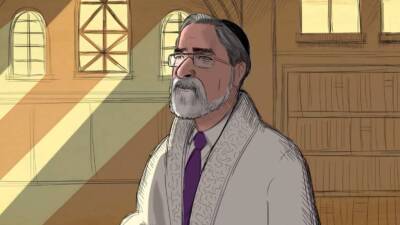
Time (animated video)
Watch Rabbi Sacks’ view on the Jewish way to understand time.
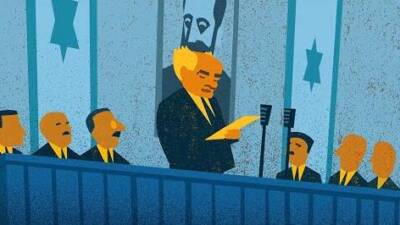
Israel: Home of Hope (animated video)
Rabbi Sacks on the connection between Ezekiel’s Vision of the Valley of Dry Bones and the creation of the modern State of Israel.
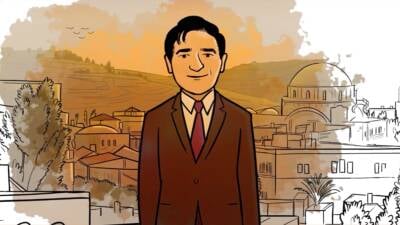
Connecting to God (animated video)
With audio recorded by Rabbi Sacks in 2010, here is a new animated video of the three key ways we can each connect to God.
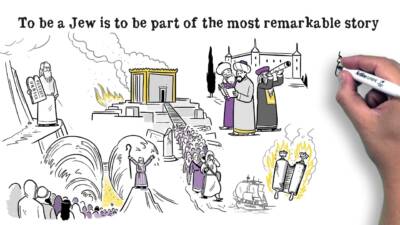
Being Jewish (animated video)
An animation on understanding our identity and our Jewish heritage.

Morality (animated video)
“We need to restore that sense of collective responsibility…”

The Connection between Judaism and Israel

The Home We Build Together (animated video)
How can we create a healthy, sustainable society? Does building lead to belonging?

Rabbi Sacks on 'The Great Partnership'
Do Religion and Science Always Contradict Each Other?
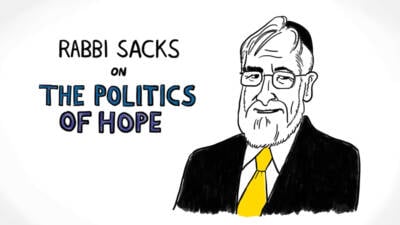
Rabbi Sacks on 'The Politics of Hope'
Can we create a new kind of politics?
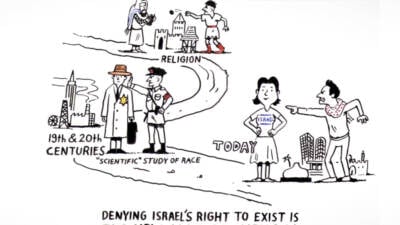
The Mutation of Antisemitism
What is antisemitism, and how has it changed over the centuries?
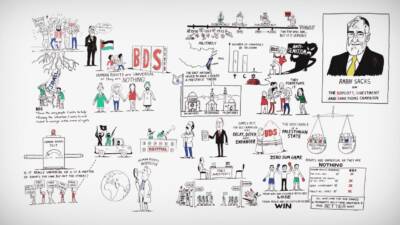
On the Boycott, Divestment and Sanctions (BDS) campaign
Why is it important to understand and oppose the BDS campaign?
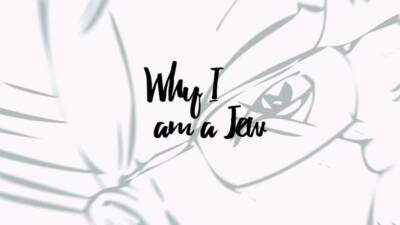
Why I am a Jew
An animated video on Jewish identity and finding your Jewish purpose
More Holocaust Curriculum Resources

Where can you find hope in the history of the Holocaust?
Hope and the Holocaust (Topic 10)

How does the Holocaust impact interfaith relations today?
Interfaith Relations and the Holocaust (Topic 9)

How do you connect the Holocaust with the establishment of the State of Israel?
Israel and the Holocaust (Topic 8)

Do you think it’s ever possible to forgive the perpetrators of the Holocaust?
Forgiveness and the Holocaust (Topic 6)

What is the difference between vengeance and justice?
Jewish Theology and the Holocaust (Topic 5, part 3)

What about a statute of limitations?
Just Punishment and the Holocaust (Topic 5, part 2)

A Just Punishment for the Nazis?
Just Punishment and the Holocaust (Topic 5, part 1)

Do you think the Holocaust represented a failure of humanity?
Humanity and the Holocaust (Topic 2, part 1)

Does God care about individual lives, or merely the survival of the Jewish people as a nation?
God and the Holocaust (Topic 1, part 3)

Do you have faith in humanity after the Holocaust?
God and the Holocaust (Topic 1, part 2)

Where was God during the Holocaust?
God and the Holocaust (Topic 1, part 1)

What is theologically unique about the Holocaust?
Jewish Identity and the Holocaust (Topic 7, part 3)

Practically speaking, is there something unique about the Holocaust?
Jewish Identity and the Holocaust (Topic 7, part 2)

Should a Jewish theological response to the Holocaust include issues of justice?
Jewish Theology and the Holocaust (Topic 3, part 2)

Should the Holocaust be a key ingredient of our Jewish identity?
Jewish Identity and the Holocaust (Topic 7, part 1)

How has the Holocaust impacted your personal relationship with God?
Personal Faith and the Holocaust (Topic 4)

What do you think the Jewish theological response to the Holocaust should be?
Jewish Theology and the Holocaust (Topic 3, part 1)

How can I have faith that God is within each of us if I mistrust humanity?
Humanity and the Holocaust (Topic 2, part 3)

Can we trust people other than ourselves?
Humanity and the Holocaust (Topic 2, part 2)

